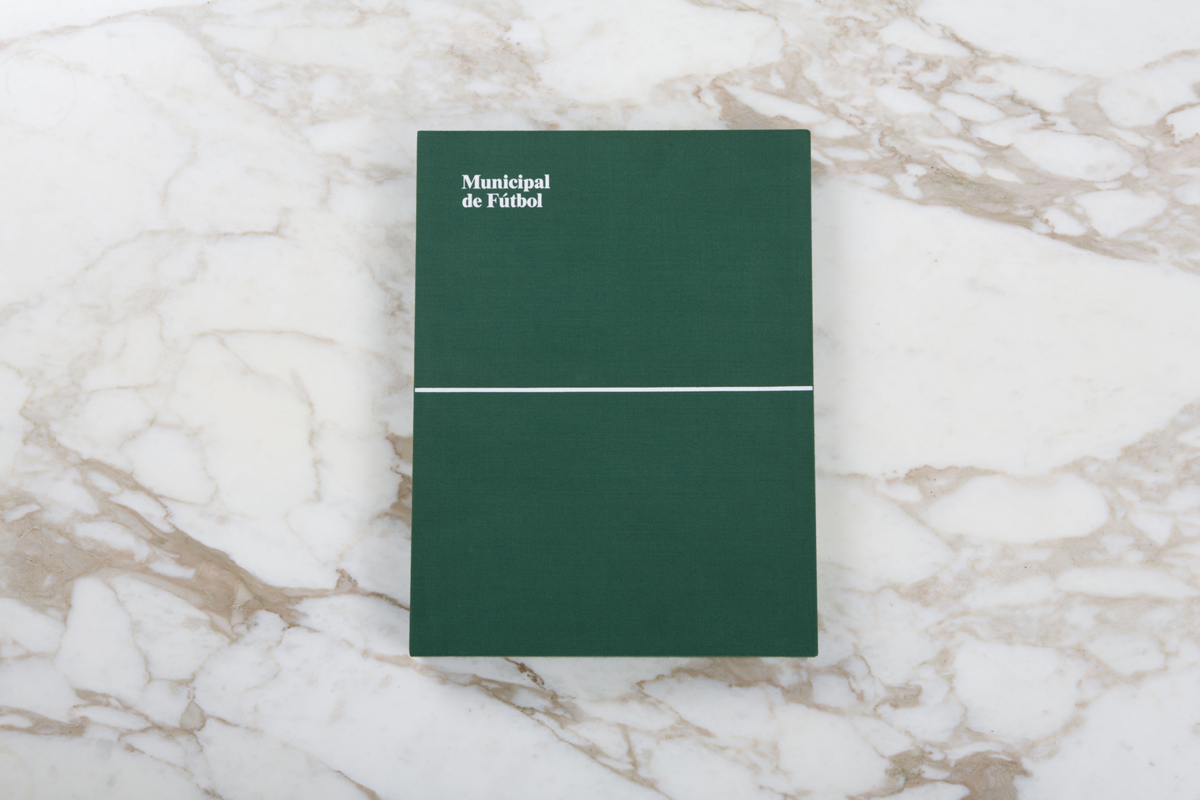
Essays by Jennifer Doyle. Photography by Michael Wells.
Municipal de Fútbol
Hardcover/boxed, 192 pp., offset 4/1, 260 x 350 x 40 mm
two books, one poster, nine artist lithographs, and a fútbol jersey, in cloth box
English and Spanish
Edition of 1000
ISBN 978-0-9816325-0-6
ISBN 978-0-9816325-1-3
ISBN 978-0-9816325-2-0
Published by Christoph Keller Editions, Textfield
$80.00 $40.00 ·
Distributed in North America by
Distributed Art Publishers
Municipal de Fútbol is a collaborative edition about amateur soccer in Los Angeles—the everyday experience of playing in pick-up games, weekend and night park leagues. Jennifer Doyle, a contributor to frieze and author of Sex Objects: Art and the Dialectics of Desire, has contributed two essays to the books, both with Spanish translation. Housed in an embossed green clothbound box with black ribbon pulls, the edition includes two clothbound books (one of which studies the game as it is played throughout Los Angeles, on hijacked baseball fields, back lots and public squares, and the other of which focuses on one field in particular, the ultra-scrappy and always animated Lafayette Park); one poster; artist lithographs by As-Found, Roderick Buchanan, Mari Eastman, General Idea, Jakob Kolding, Jonathan Monk, Arthur Ou, Peter Piller and Michael Wells; and a European National team adidas fútbol jersey with a “Municipal de Fútbol/Los Angeles Recreation and Parks” embroidered patch and a reflective silk-screened number. The edition is designed by Jonathan Maghen and photography is by Michael Wells.
“Fútbol bubbles up from the ground. It rains down on parks and leaks through walls. It rises like an irrepressible tide, and recedes only when everybody has to go earn some money for themselves and their families. Nobody playing here thinks it’s going to make them rich. Or famoso. It is what happens instead of work.” — Jennifer Doyle
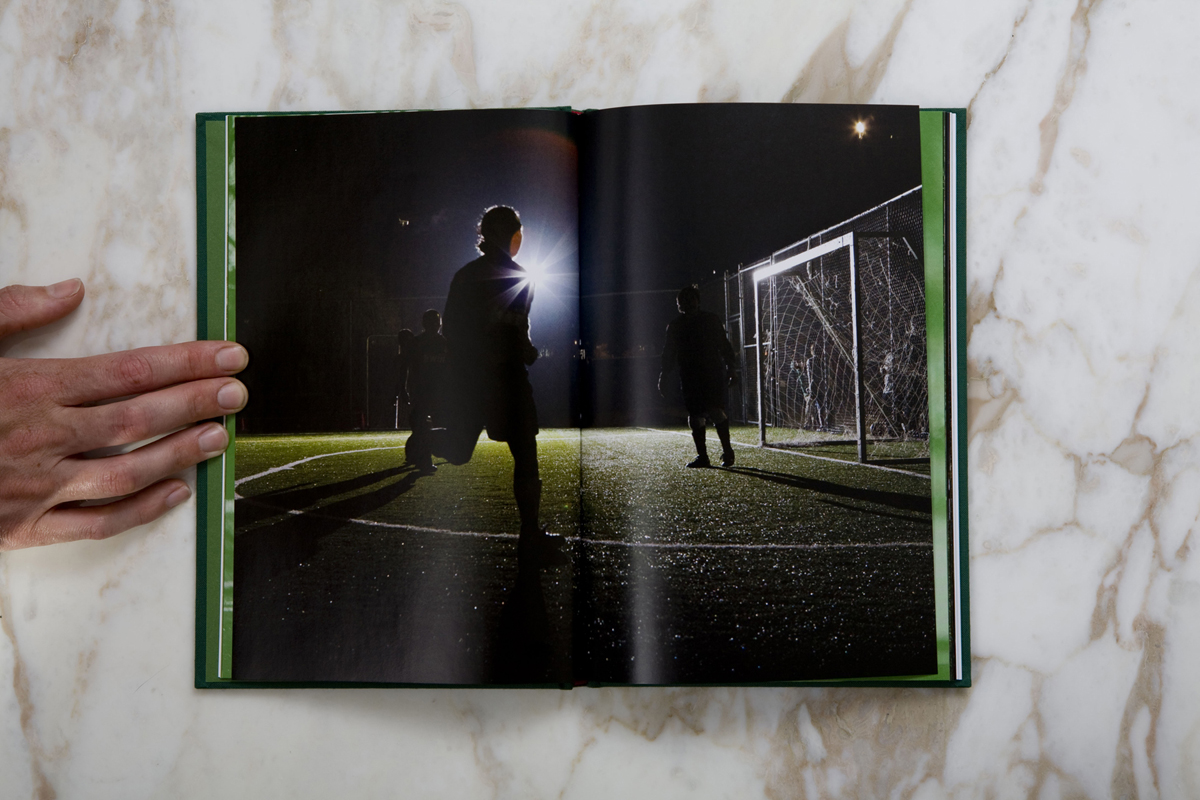
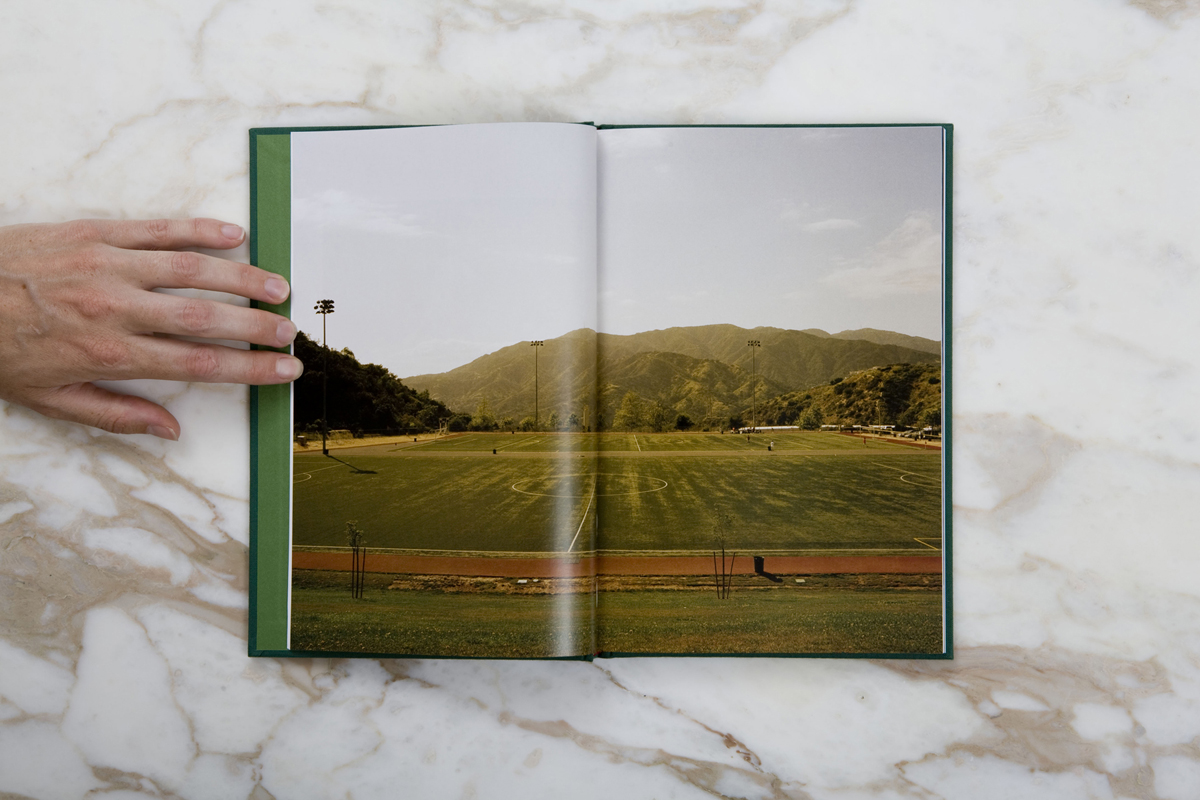
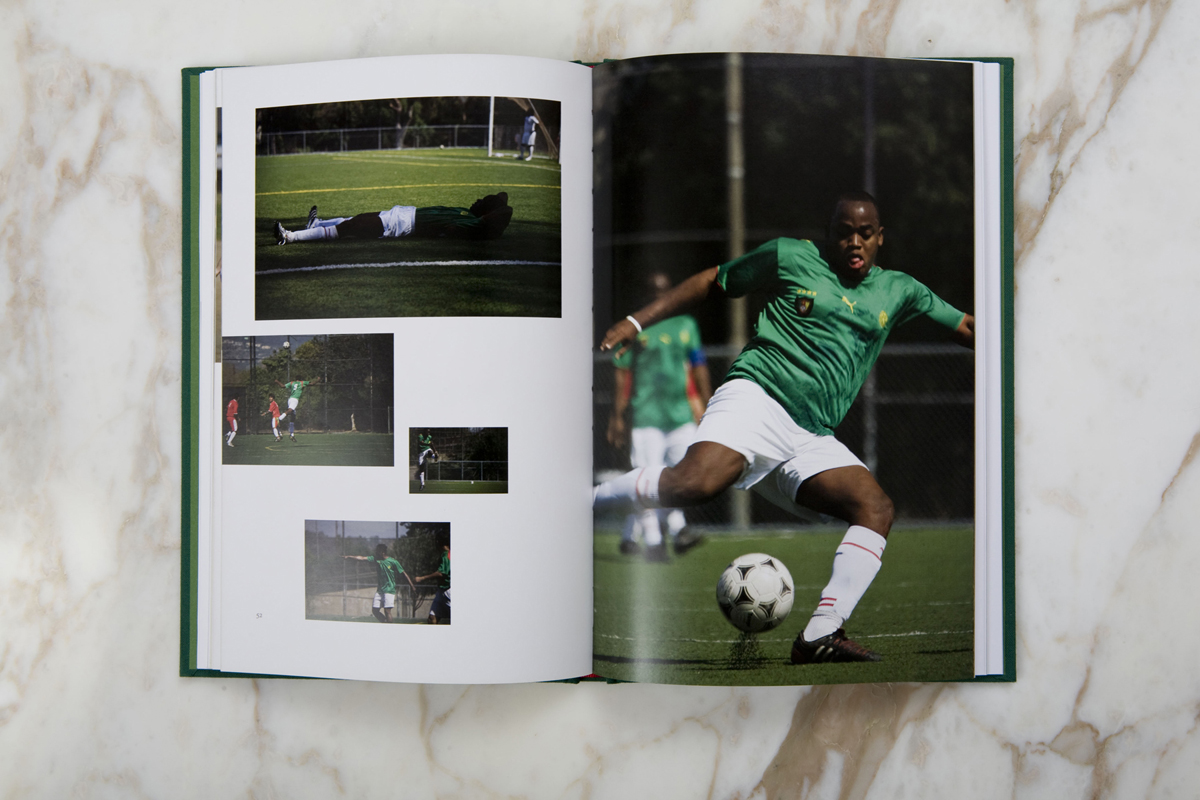
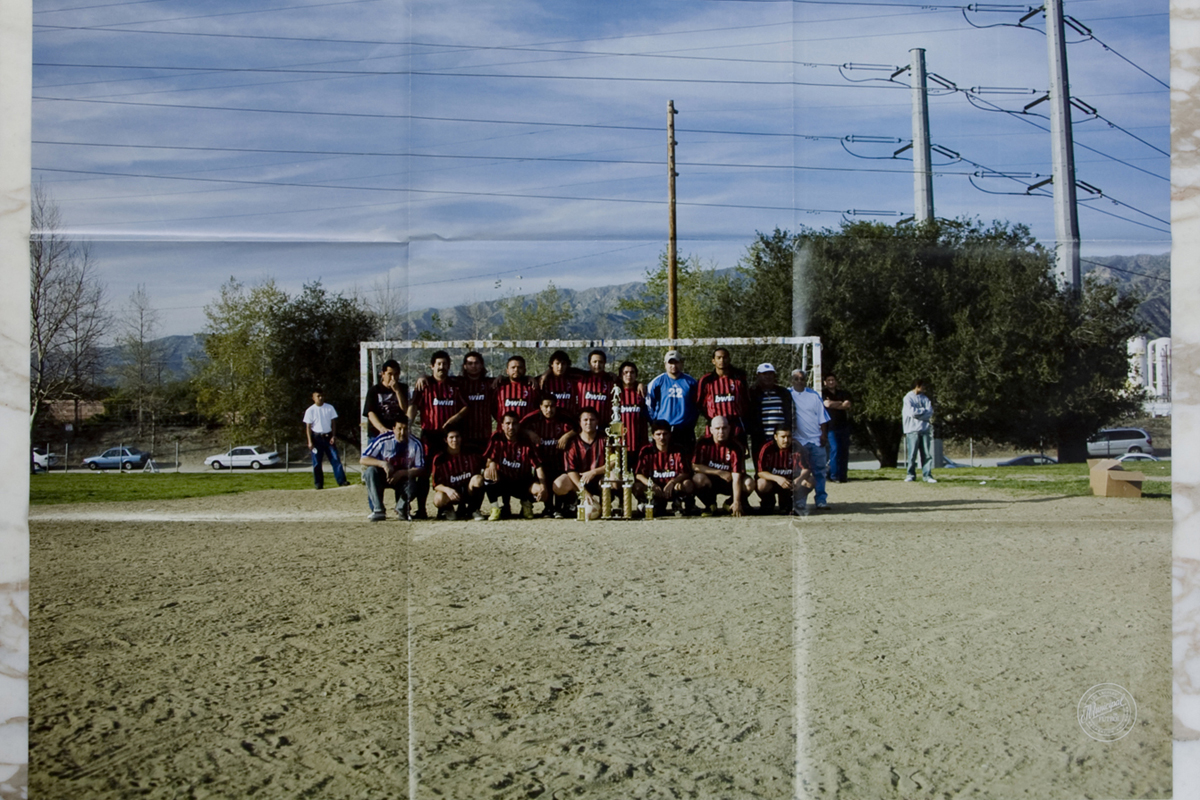
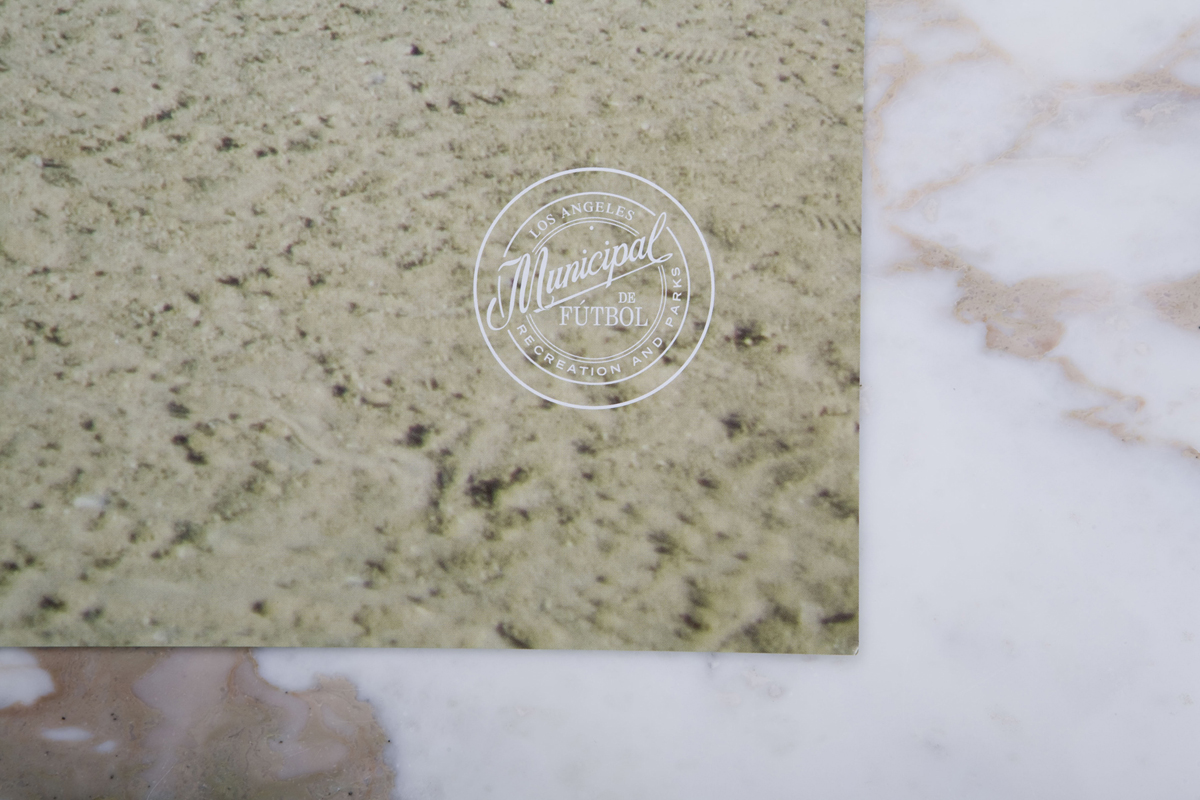
AA Bronson, Art, Arthur Ou, As-Found, Christoph Keller Editions, Criticism, Culture, DAP, Distribution, Fashion, General Idea, Jakob Kolding, Jennifer Doyle, Jonathan Maghen, Jonathan Monk, Mari Eastman, Michael Wells, Peter Piller, Roderick Buchanan, Sandy Yang, Sport, Textfield, Typography
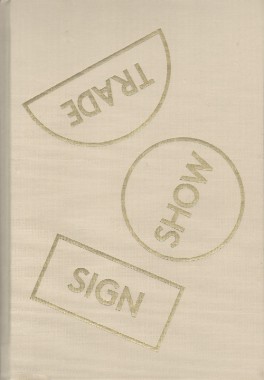
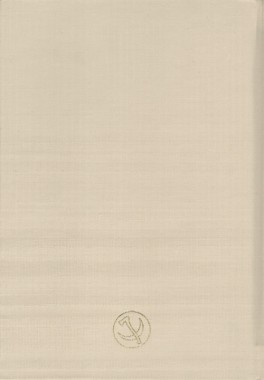
Thomas Macker, SIGN SHOW TRADE
Hardcover, 88 pp., offset 4/4, 180 x 265 mm
Edition of 500
ISBN 978-0-615-76630-0
Published by In The Pines Books
$45.00 ·
Conceptually, the publication is structured horizontally, with two formally similar series of photographic works bridged by photographs and sculptural objects that offer a dialogic counterpoint to the main series. The first group of photographs focuses around seed signs and sacks advertising distinct crop strains of genetically modified corn and soy. The individual sacks and signs are set up at the center of still life compositions, staged in the basement of Macker’s home in Jackson Hole, Wyoming. The sacks hang from the fiberglass insulation and wooden boards of the basement ceiling, while the signs are placed in gravel on the floor. The backdrops, often constructed by hanging used textiles against the gold-painted walls of the basement, offer glimpses of American nostalgia — old quilts featuring Winnie The Pooh, The Transformers, and Disney Princesses, along with faded floral sheets, tie-dye hangings, penguins. The series is presented as a calendar of images; each photograph is named for a month of the year, with an additional one for each season. The repetition in the photographs acts as a meditation on the ways we mark time, while the content of the images posits company branding as a primary signifier of cultural and personal identity: nostalgia and desire for meaning coopted by companies that alter the foundation of our sustenance.
In Macker’s work, the ‘seed’ — as altered commodity — locates the collision between the idea of the natural world as something outside and other than human, and the natural world as what we are (as animals who eat food grown from seeds, eat animals who have eaten plants grown from seeds, breathe air full of oxygen created by photosynthesis, and on and on). This space of collision and contradiction is where Macker argues we reside, and the photographic and sculptural pieces that bridge the two still life series in the exhibition offer a glimpse of the effects of that lived contradiction. Dog God | Man Camp | Big Piney, WY shows a coyote impaled by a pole and posed with its head up (as if howling), a scene Macker found and documented next to one of the “Man Camps” of trailers that have sprung up throughout the Gaslands of Wyoming, the Dakotas, Colorado and Iowa to house temporary gas line workers. Another shows the snow-filled landscape where Matthew Shephard was beaten and killed, the only marker of that moment of cultural mourning and instigator of progressive action now a gas company pole. Bumper stickers Macker stole from trucks in Wyoming and printed onto vintage glass tiles depict bikini-clad women alongside text that reads ‘Just Frack It’, and, a digitally rendered bust of a disembodied pregnant torso hangs next to a digitally rendered image of a Molatov cocktail. Reproduction, destruction, re-birth, identity, and verbal and physical languages of dominance comingle with cultural hope and yearning — a yearning that always seems to leave violence in its wake.
In the second still life series, the seed signs have been replaced by gas company signage. These signs, stolen by Macker during drives across the Gaslands, functioned as markers for the temporary roadways that crisscross the landscape where gas lines are in construction. In this series, the signs rest on top of a wooden crate instead of being placed in gravel, and the backdrop is now constructed of brown carpet. In front of the carpet, Macker has hung reproductions of 19th and 20th century artwork mythologizing woodcutters. Behind a Unit Drilling Company sign directing us towards Rig 24, we see Winslow Homer’s The Woodcutter, here featured on a living room wall as part of an interior design advertisement. In Der Holzfäller, Ferdinand Hodler, 1910, a Danger Benzene Cancer Hazard sign accompanied by a potted plant stands in front of Ferdinand Hodler’s Der Holzfäller. Co-opting these already-reproduced artworks, Macker highlights the historic glorification of human dominance over nature, as well as the problematic placement of the artist within this glorification, as a symbol and actor of these same problematic humanist ideals. The scenes are constructed to be visually satisfying, uncomfortable, humorous, claustrophobic, and unexpectedly personal, reflecting our continued desire to feel communal pride in our accomplishments, as well as the consequences of a system in which the structure for expansion we have created necessitates an unwillingness to recognize the fallibility or responsibility of power.
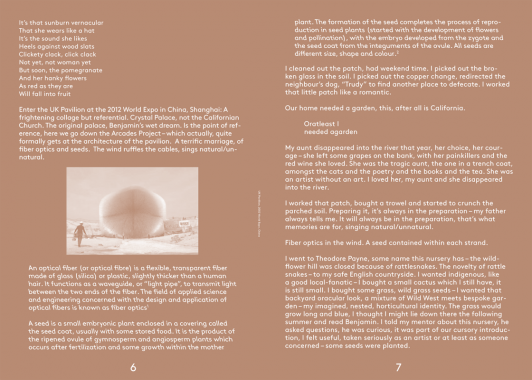
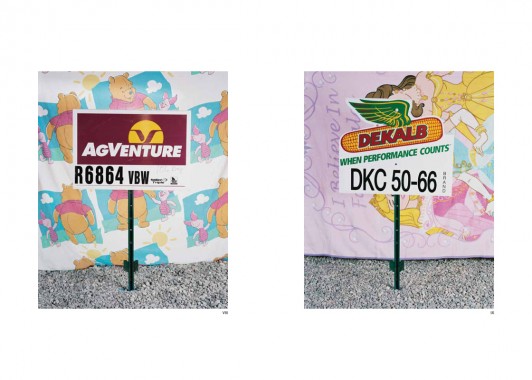
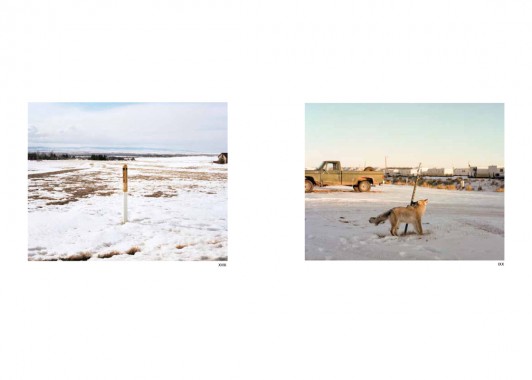
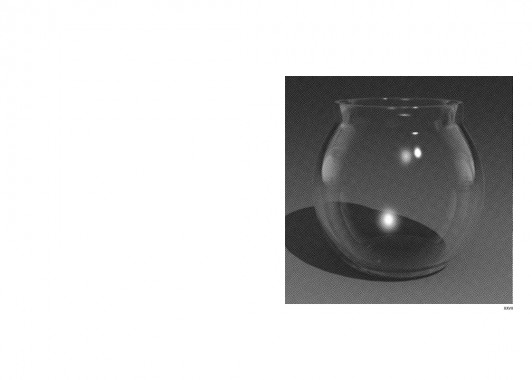
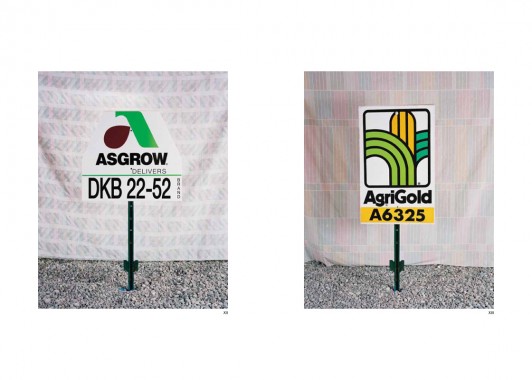
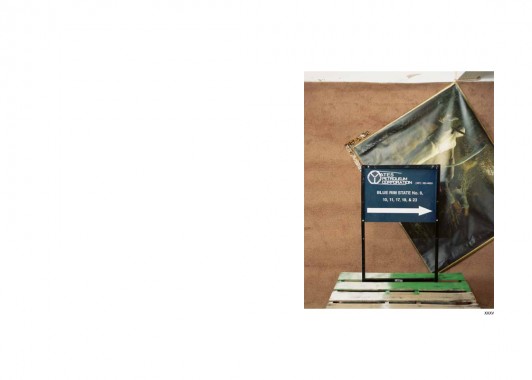
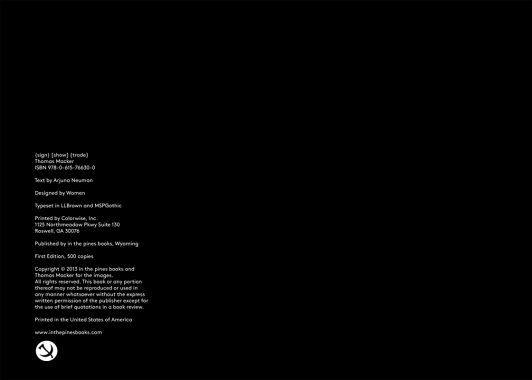
Agriculture, Art, Corn, Distribution, Ferdinand Hodler, Fracking, GMOs, Halliburton, In The Pines Books, Jackson Hole, LL Brown, Monsanto, Oil, Photography, Soy, Thomas Macker, Wyoming
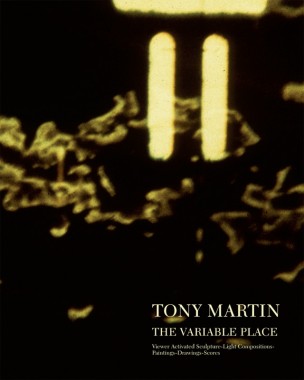
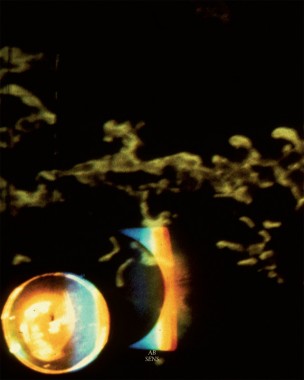
Tony Martin, The Variable Place
Edited by Camilla Padgitt-Coles and Nicky Mao
Softcover, 104 pp., offset 4/4, 8 x 10 inches
Edition of 350
Published by AB-SENS PRESS
$28.00 ·
Tony Martin arrived to San Francisco in 1962, promptly forging creative alliances and lifetime friendships with “new music” people Morton Subotnick, Pauline Oliveros, and Ramon Sender. When the San Francisco Tape Music Center moved to its location at 321 Divisadero St., Martin was invited by co-directors Sender and Subotnick to become the Visual Director. With special attention paid to working in the tape music medium, as well as performing regularly, they joined with Mills Center for Contemporary Music in ‘67. During the SFTMC days Martin was responsible for numerous visual compositions, including Terry Riley’s In C performance, as well as Sender’s Desert Ambulance. Martin was deeply engaged in experimenting with light via overhead and slide projectors, mixing paint, oil, water, and objects to build his light compositions. His following grew as a culture of psychedelia pervaded the 1960s and his light shows became popular amongst bands such as Jefferson Airplane and Grateful Dead. During this time he began to build “interactions” by engineering entire environments using sensors and mirrors. By the late ’60s he returned to New York City where he continued his focus for these types of installations; time and time again synthesizing his technological skills with painting as a moving image. A painter at heart, he continued with consideration of his experience working with his viewer-activated sculptures, as well as his devotion to the medium of light — maintaining a thread that binds all aspects of his work. His latest piece entitled Proximity Switched Installation (2012) is a clear culmination of a lifetime of experimentation/production. A video demonstration of this installation is available to view online and includes musical accompaniment by Compound Eye (Spring Press).
The Variable Place is the first book of its kind to tie together over 50 years of Tony Martin’s work. It includes an in-depth interview with Martin by Will Cameron, Albert Herter and the editors. As well as a special introduction by long-time friend/collaborator Pauline Oliveros.
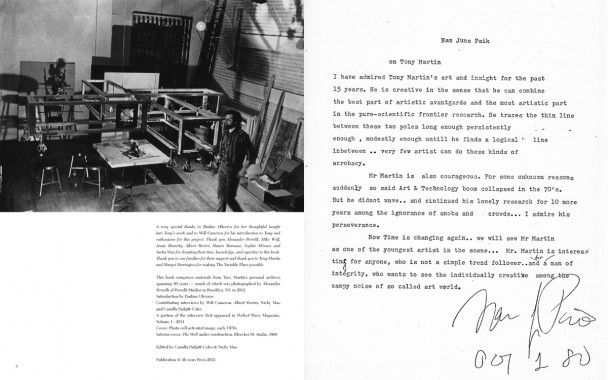
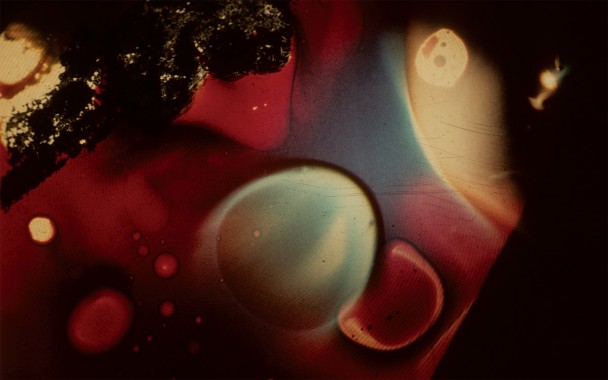
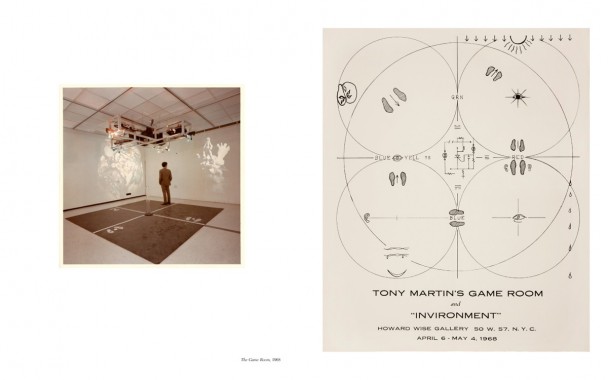
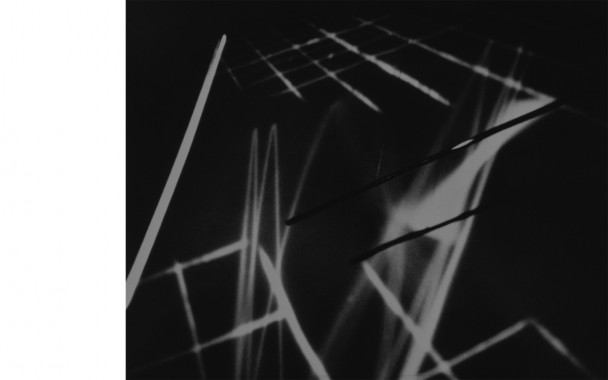
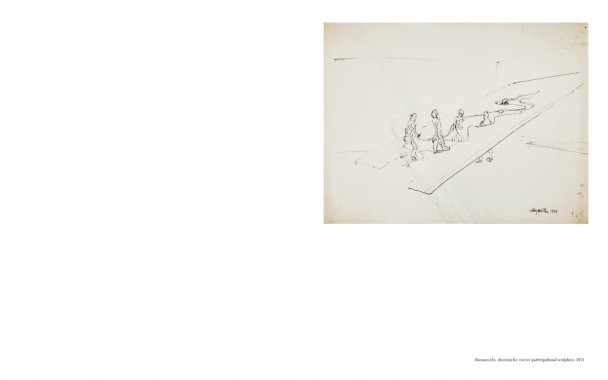
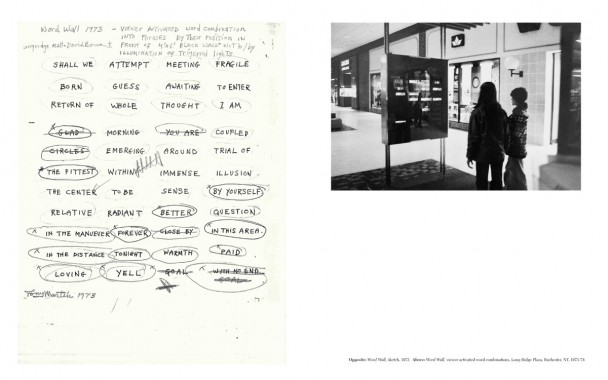
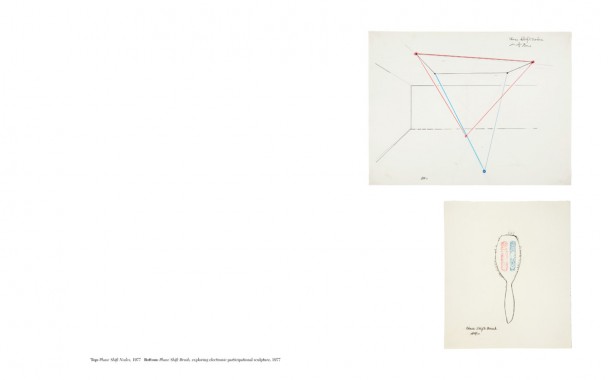
AB-SENS PRESS, Albert Herter, Art, Camilla Padgitt-Coles, Compound Eye, Culture, Design, Distribution, Morton Subotnick, Music, Nicky Mao, Pauline Oliveros, Performance, Photography, Ramon Sender, San Francisco, Terry Riley, Tony Martin, Will Cameron
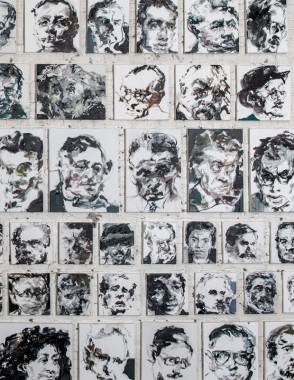
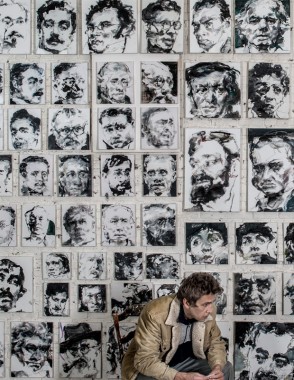
Sam Dillemans, Authors
Hardcover, 222 pp., offset 4/4, 250 x 325 mm
English and Dutch
Edition of 2000
ISBN 978-94-9069-399-2
Published by MER. Paper Kunsthalle
$52.00 ·
In the past years Sam Dillemans has painted some 300 portraits, mostly of influential writers, but also of scientists, composers and singers. In his typical dynamic and fluent style Dillemans completed the 300 portraits almost in one go. Most of the portraits are painted in black and white with smooth, volatile lines; others are touched up with some rare subtle brushstrokes in colour. Whether the subject is recognizable or not depends on the viewer and on how much the artists is prepared to divulge in his impressive paintings. On the occasion of the exhibition that opened on April 19th in the Castle of Gaasbeek, the paintings of the series Authors have been collected in the eponym book, which was published on the opening day of the exhibition by MER. Paper Kunsthalle.
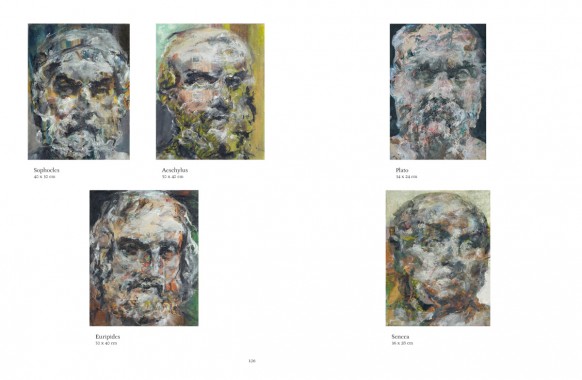
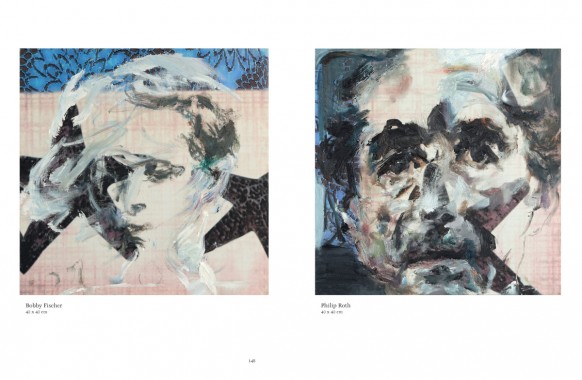
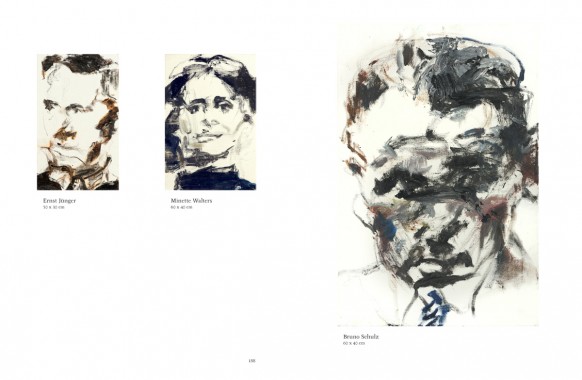
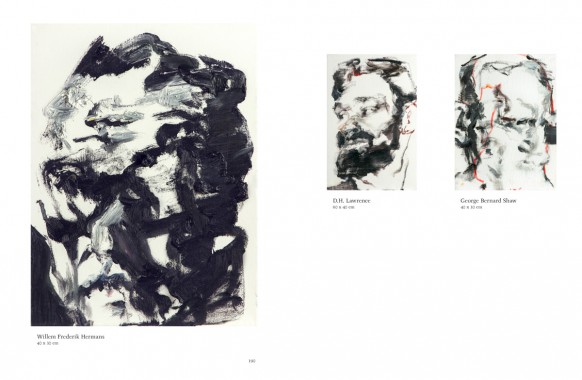
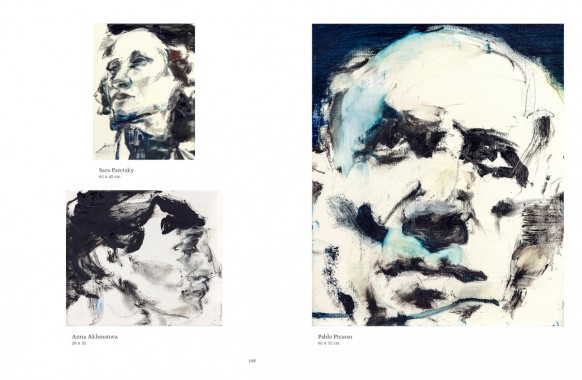
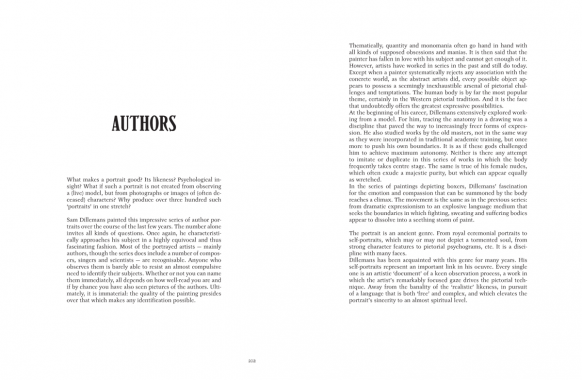
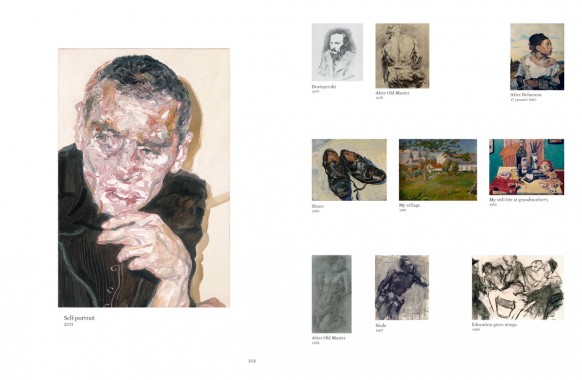
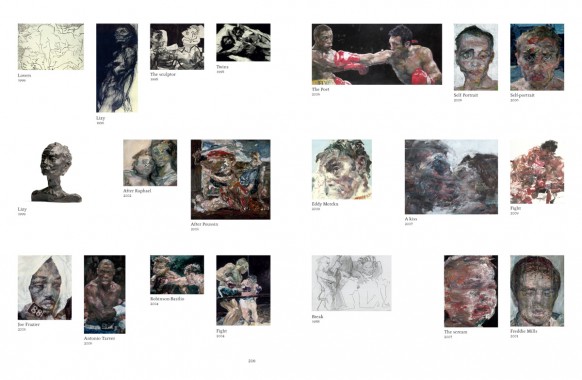
Art, Culture, Distribution, Duncan Brown, Luc Derycke, Luc Vanackere, MER. Paper Kunsthalle, Painting, Sam Dillemans, Wim van Eesbeek
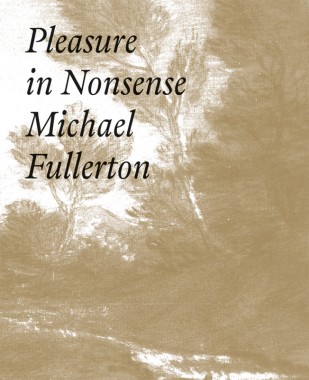
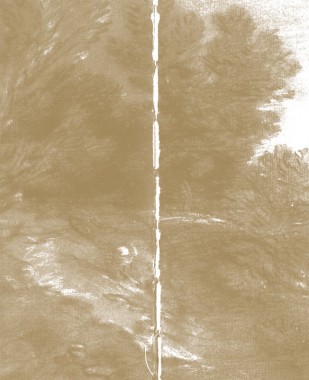
Michael Fullerton, Pleasure In Nonsense
Softcover, 208 pp., offset 4/4, 220 x 270 mm
Edition of 2000
ISBN 978-94-9069-363-3
Published by MER. Paper Kunsthalle
$39.00 ·
This book, Michael Fullerton’s first monograph, and the artist’s work is concerned with how political and historical information is recorded and disseminated, in particular through the medium of the oil painted portrait. Other mediums of communication, such as billboard posters, wall texts and the raw materials used for analogue tape and audio recording are also employed. Fullerton’s choice of subjects range from the overtly political to people of varied social class and unexpected cultural histories. Underpinning Fullerton’s work is an examination of the relationships between people and the forces at play in those relationships, whether that be social relations involving authority or power, or relationship dynamics that work on a more emotional, psychological or aesthetic level.
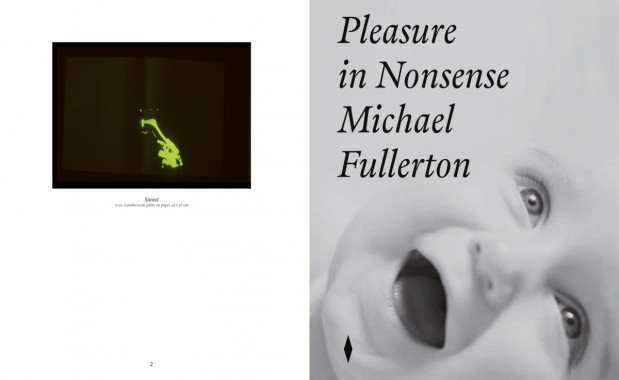
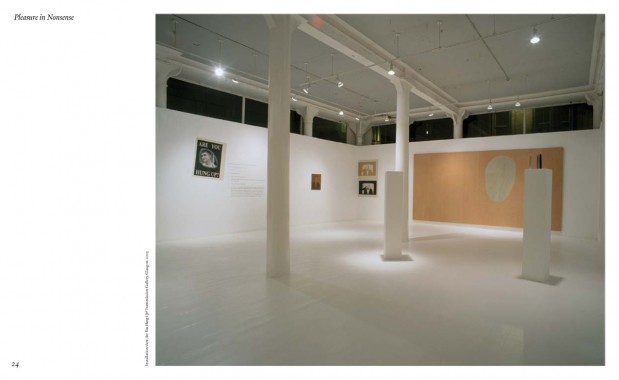
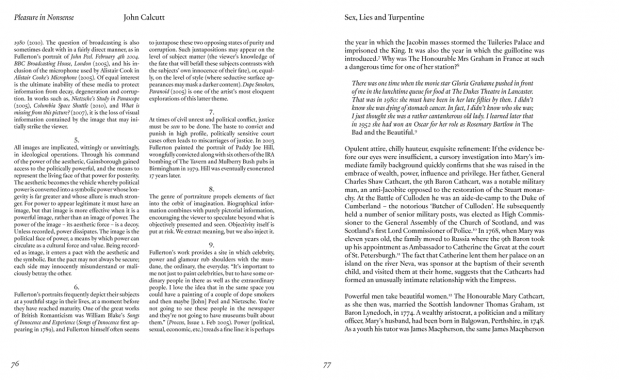
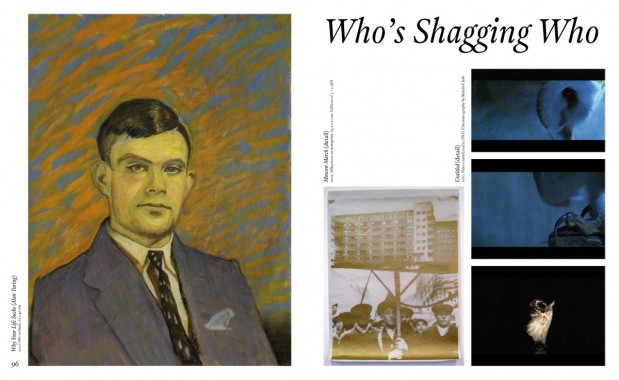
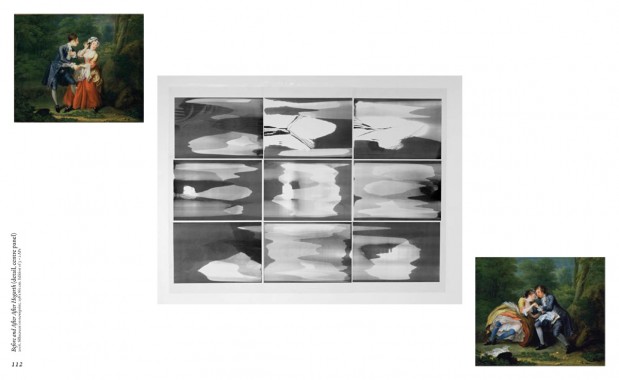
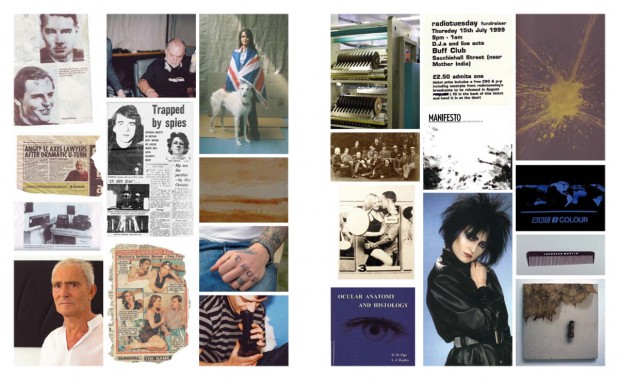
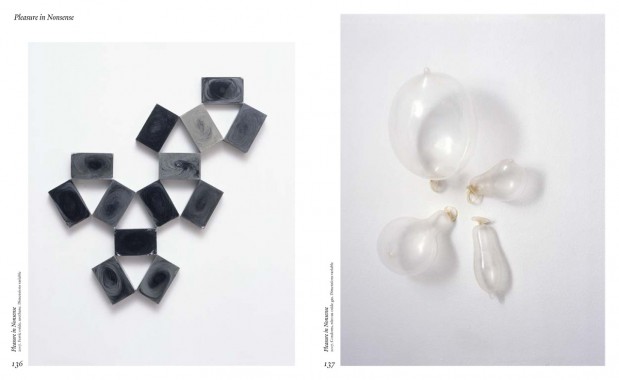
Alan Dimmick, Andy Keate, Art, Culture, Distribution, John Calcutt, Kathryn Braganza, Luc Derycke, MER. Paper Kunsthalle, Michael Fullerton, Painting
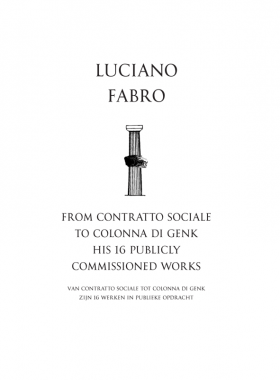
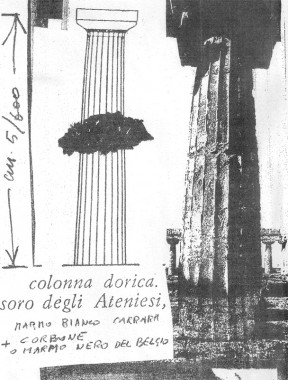
Luciano Fabro, From Contratto Sociale to Colonna di Genk
Hardcover, 56 pp. + DVD, offset 4/4, 170 x 220 mm
Edition of 800
ISBN 978-94-9069-362-6
Published by MER. Paper Kunsthalle
$32.00 ·
Between 1990 and 2007, Italian artist Luciano Fabro (1936-2007) created sixteen publicly commissioned works. This book, along with an accompanying dvd, focuses on the life and works of this extraordinary artist, and brings homage to Fabro’s latest realization La Colonna di Genk. This intriguing work commissioned by the city of Genk (B) visibly illustrates Fabro’s way of thinking and creation process. The accompanying dvd reveals biographical elements as well as the making of and the festive inauguration of La Colonna during Labour Day on May the 1st 2008. The inauguration took place on the renewed Genk Stadsplein (B), just ten months prior to Fabro’s death.
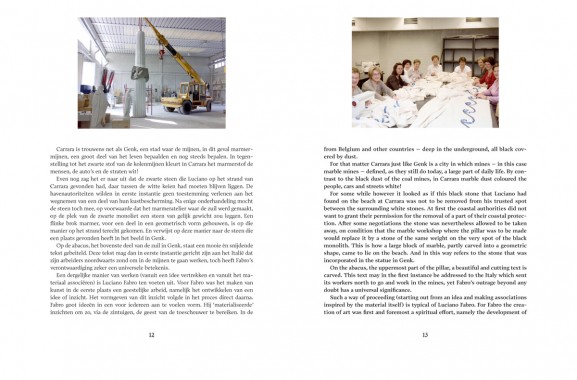
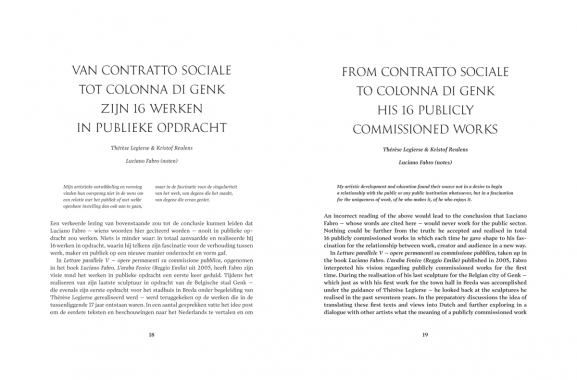
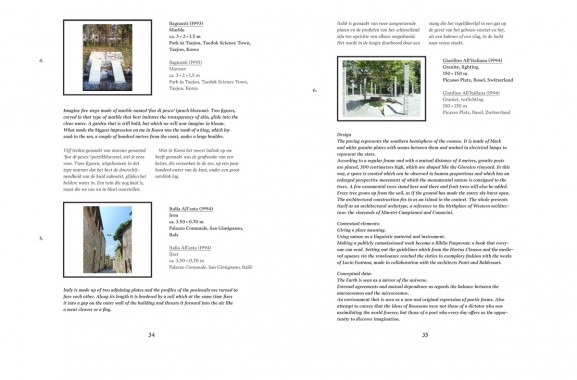
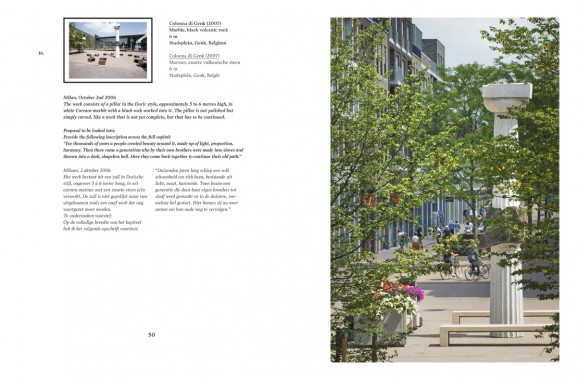
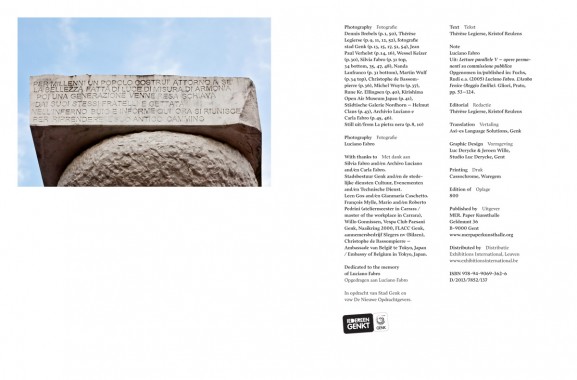
Architecture, Art, Distribution, Kristof Reulens, Luc Derycke, Luciano Fabro, MER. Paper Kunsthalle, Sculpture, Thérèse Legierse
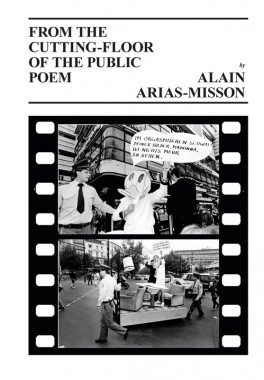
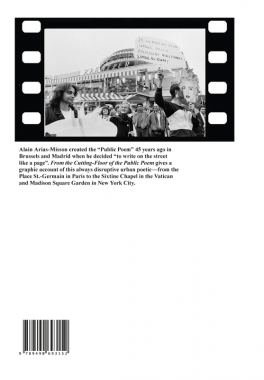
Alain Arias-Misson, From the Cutting-Floor of the Public Poem
Softcover, 80 pp., offset 4/1, 165 x 245 mm
Edition of 2000
ISBN 978-94-9069-315-2
Published by MER. Paper Kunsthalle
$32.00 ·
Alain Arias-Misson created the “Public Poem” 45 years ago in Brussels and Madrid when he decided “to write on the street like a page.” From the Cutting-Floor of the Public Poem gives a graphic account of this always disruptive urban poet — from the Place St.-Germain in Paris to the Sixtine Chapel in the Vatican and Madison Square Garden in New York City.
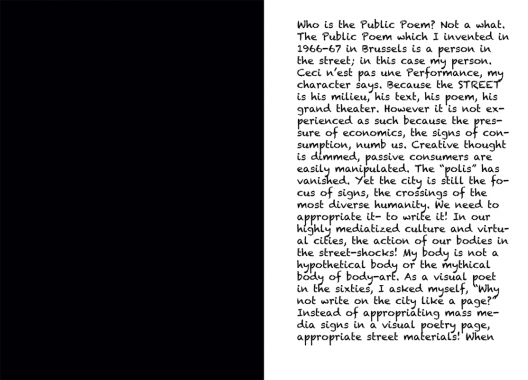
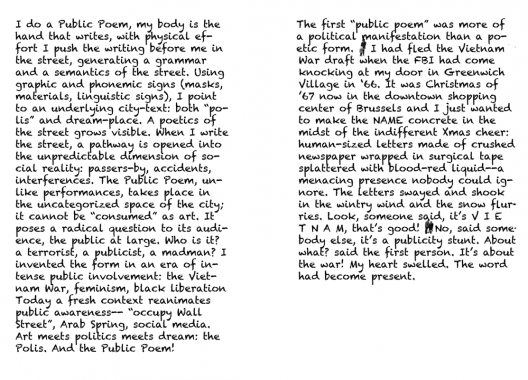
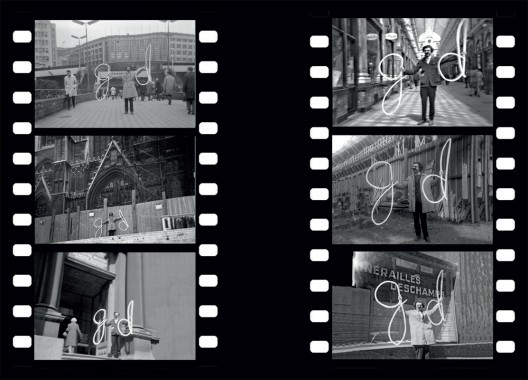
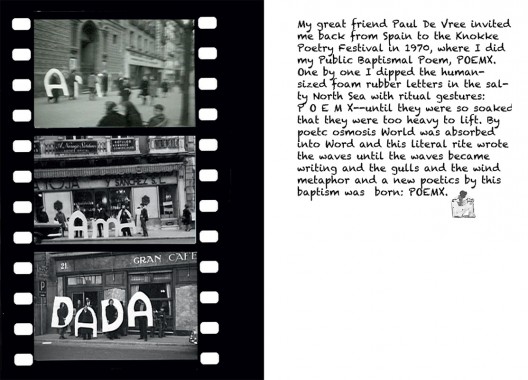
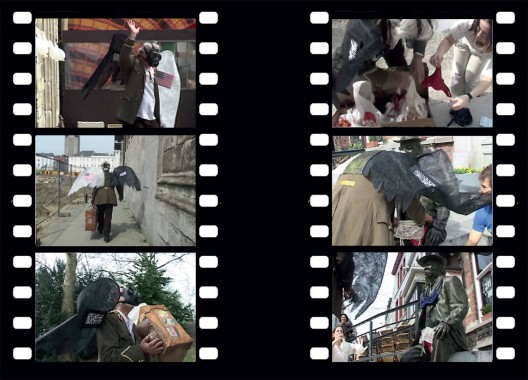
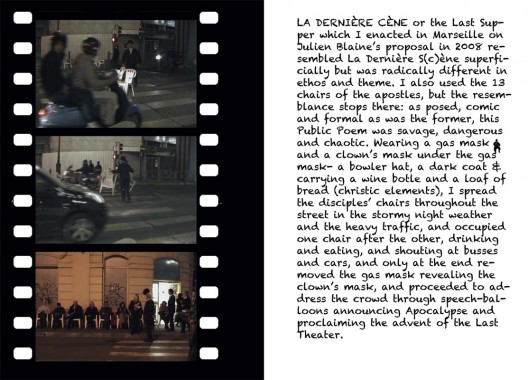
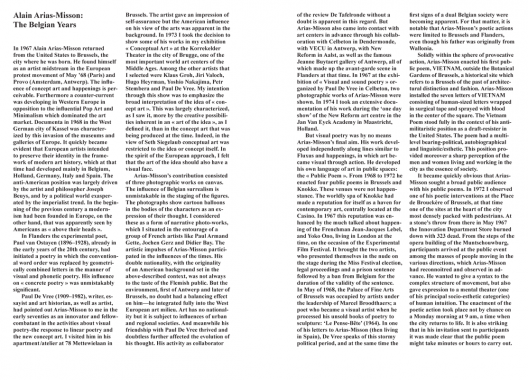
Alain Arias-Misson, Art, Distribution, MER. Paper Kunsthalle, New York, Performance, Poetry, Roger D'Hondt
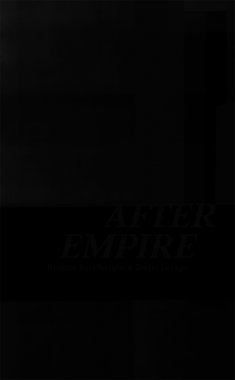
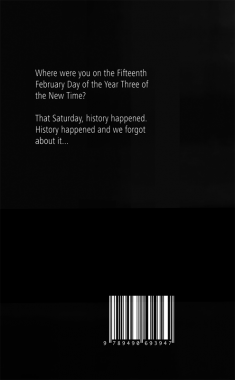
Herman Asselberghs and Dieter Lesage, After Empire
Softcover, 256 pp., offset 1/1, 110 x 180 mm
Edition of 2000
ISBN 978-94-9069-394-7
Published by MER. Paper Kunsthalle
$20.00 ·
After Empire is published on the occasion of the group show ‘Blijven Kijken’, an exhibition curated by Pieter Van Bogaert at M-Museum on (dis)appearing images and the boundaries of representation. Central in the exhibition is the 2010 video After Empire by Herman Asselberghs. This video is a tentative reflection on positive forms of collective resistance against war as well as emancipatory representations concerned with it. This publication considers a possible alternative for an iconic image drawn from our collective memory: a hijacked plane hitting the second tower of the WTC in 2001, New York. The book proposes an alternative for our collective history: the 15th of February 2003. On that day 30 million citizens across the planet marched against the unilateral decision by the American government to start a pre-emptive war against Iraq under the auspices of “the war on terrorism”. 2/15 was the greatest peace demonstration since the Vietnam war and probably the biggest protest march ever to take place. The war did happen, but this world day of resistance could very well mark the beginning of the 21st century. 2/15 instead of 9/11: a key date in the writing of a history of global contestation in the struggle between two superpowers: the United States against public opinion worldwide.
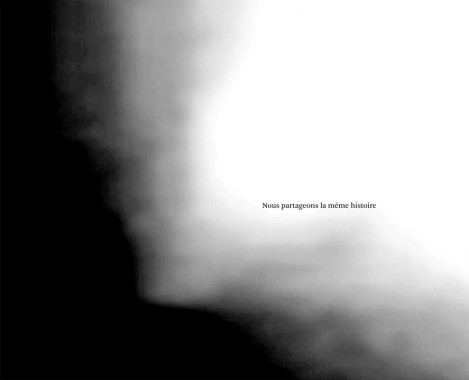
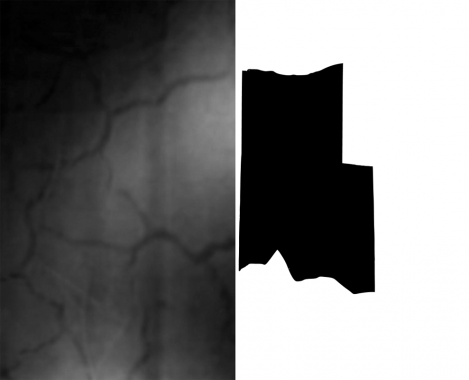
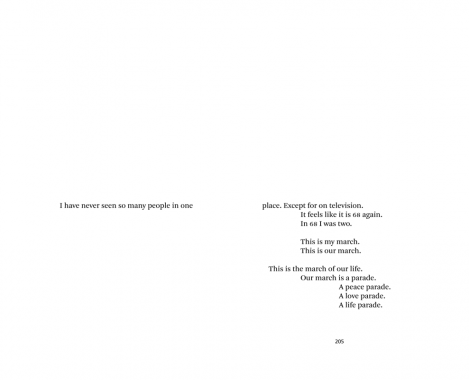
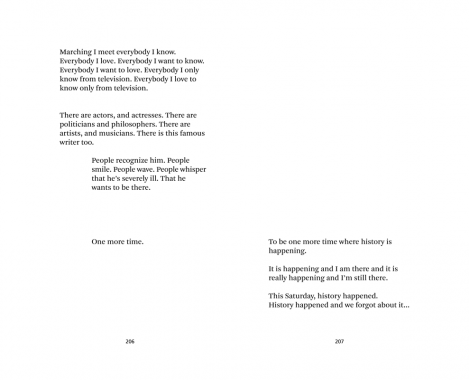

Art, Criticism, Dieter Lesage, Distribution, Herman Asselberghs, Iraq, M-Museum, MER. Paper Kunsthalle, Philosophy, Pieter Van Bogaert, Politics
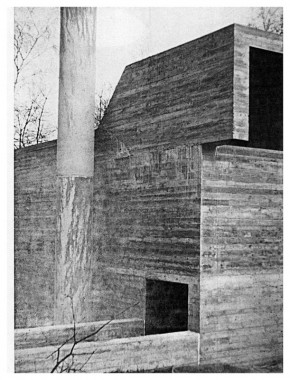
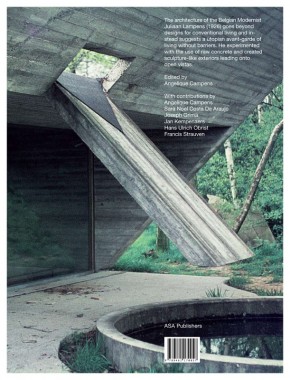
Juliaan Lampens
Softcover, 152 pp., offset 4/1, 210 x 275 mm
Edition of 2000
ISBN 978-94-6117-005-7
Published by ASA Publishers
$40.00 · out of stock
The architecture of the Belgian Modernist Juliaan Lampens (b. 1926) goes beyond designs for conventional living and instead suggests a utopian avant-garde of living without barriers. He experimented with the use of raw concrete and created sculpture-like exteriors leading onto open vistas. Edited by Angelique Campens. With contributions by Angelique Campens, Sara Noel Costa De Araujo, Joseph Grima, Jan Kempenaers, Hans Ulrich Obrist and Francis Strauven.
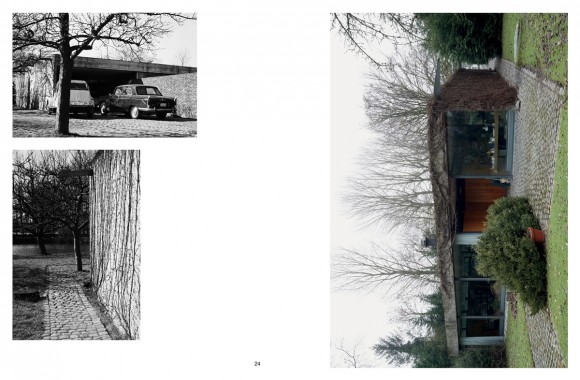
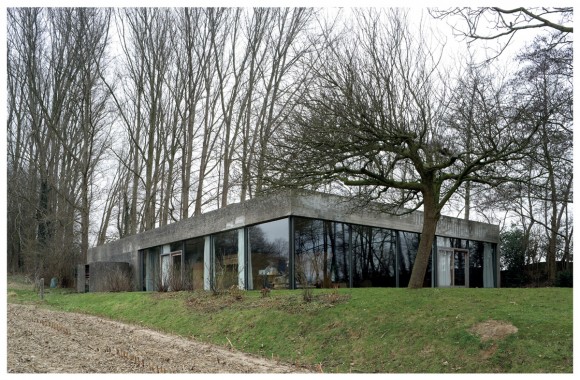
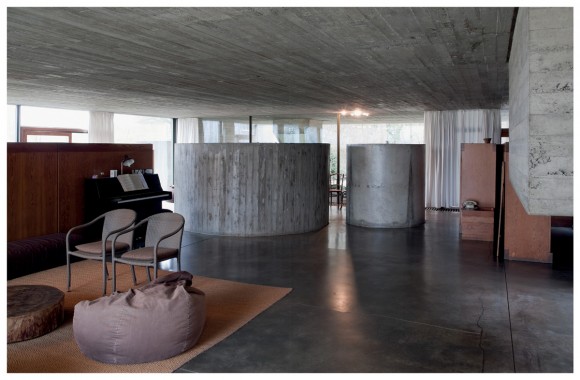
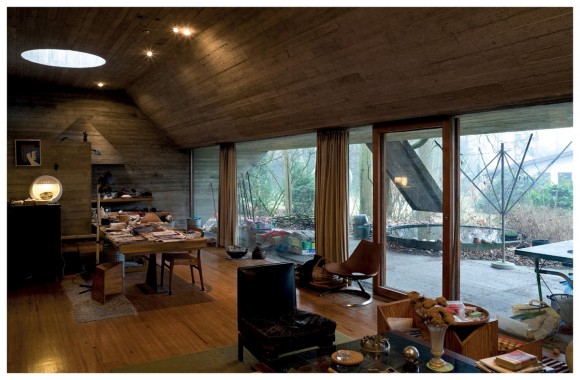

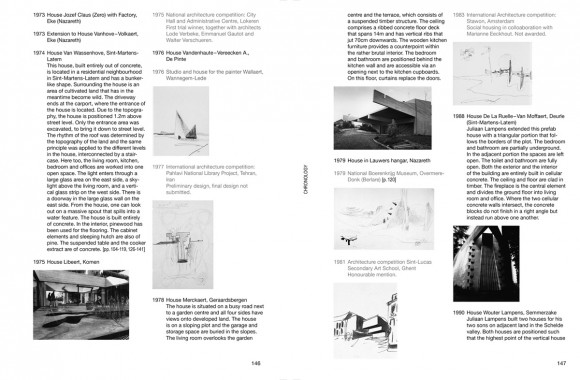
Angelique Campens, Architecture, ASA Publishers, Culture, Distribution, Francis Strauven, Hans Ulrich Obrist, Jan Kempenaars, Joseph Grima, Juliaan Lampens, MER. Paper Kunsthalle, Thomas Desmet

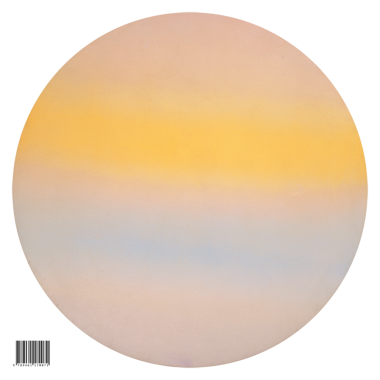
Jef Verheyen, Le Peintre Flamant
Softcover, 256 pp., offset 4/1, 230 x 230 mm
English and German
Edition of 2000
ISBN 978-94-611-7007-1
Published by ASA Publishers
$60.00 ·
Jef Verheyen (1932-1984) is one of the most important Flemish artists of the twentieth century. This book brings together contributions from international authors, exploring for the first time, from a variety of perspectives, Verheyen’s art and his close connections with the avant-garde Group ZERO. A quarter of a century after his untimely death, Verheyen’s abstract paintings are re-examined, interpreted and accorded their place in the history of art. The production of the book has led to the rediscovery of a painter who had fallen into oblivion. Here, unpublished texts and letters and a wealth of photographs bring Verheyen’s creations back to life. Book published on the occasion of ‘Jef Verheyen & Friends,’ at the Langen Foundation in Neuss.
“Jef Verheyen painted an essential distillation of his vision, a perfume of the visible, and his paintings offer their viewers possibilities of seeing something new, remembering things forgotten, and experiencing things they have never experienced before.”
— Dirk Pörschmann
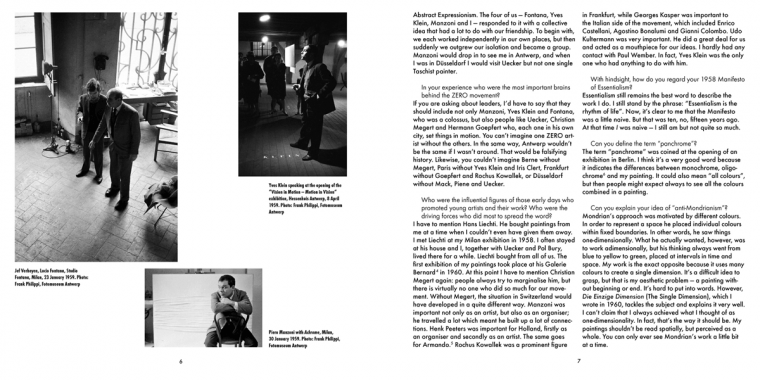
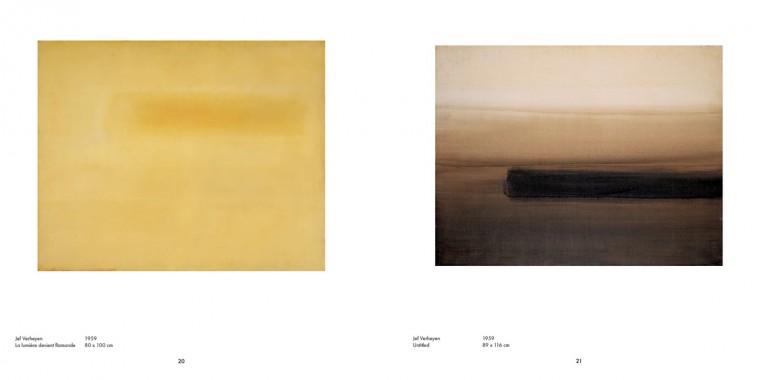
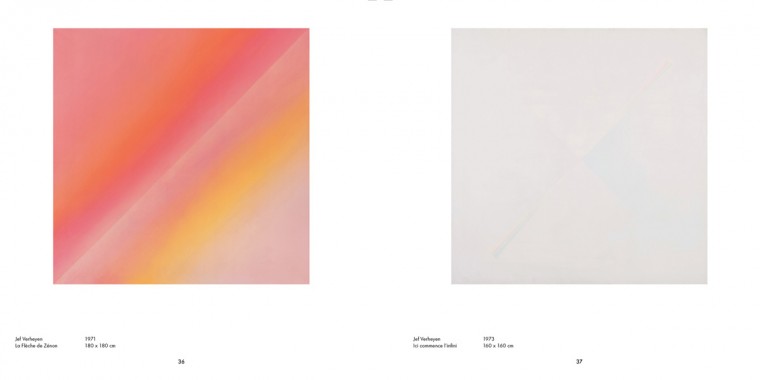
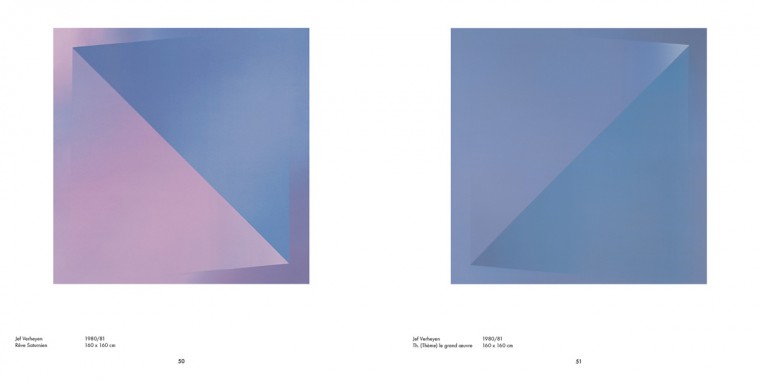
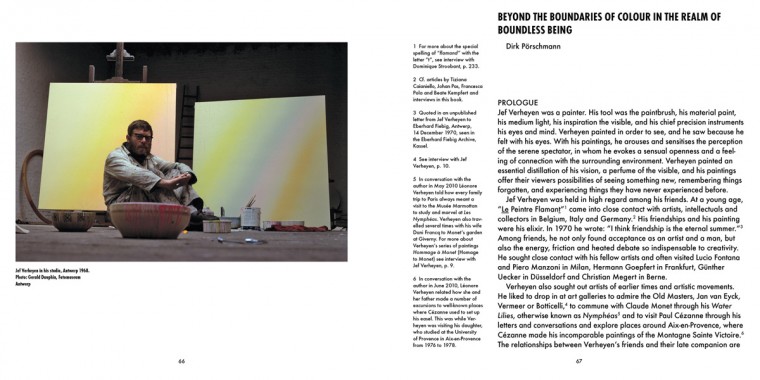
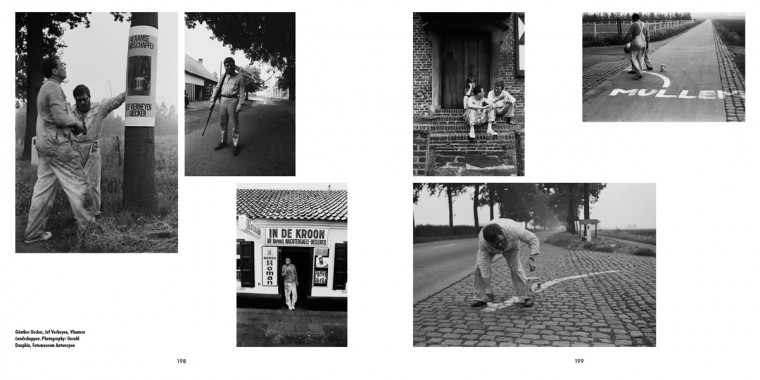
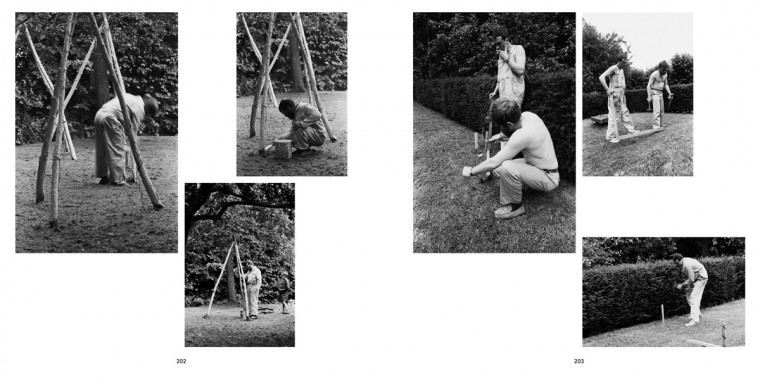
Art, ASA Publishers, Beate Kemfert, Dirk Pörschmann, Distribution, Francesca Pola, Jef Verheyen, Jenny Trautwein, Johan Pas, Langen Foundation, Léonore Verheyen, MER. Paper Kunsthalle, Tijs Visser, Tiziana Caianiello
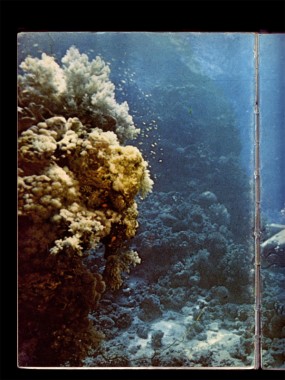
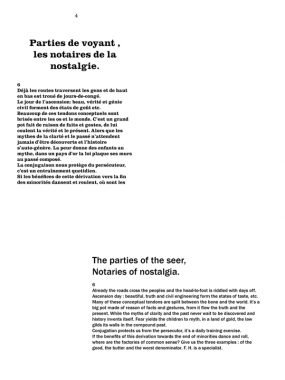
Benoit Platéus, Parties de voyant
Softcover, 100 pp., offset 4/4, 210 x 280 mm
English and French
Edition of 2000
ISBN 978-94-906-9337-4
Published by MER. Paper Kunsthalle
$28.00 ·
This first work on the Belgian artist Benoit Platéus is a monography as well as an artist’s book. It comprises a selection of works created between 1997 and 2011, as well as a text written by the artist and proposing a direct insight into his universe. Platéus work doesn’t neglect any medium — photography, video, drawing or sculpture — in order to search for ambiguities in the most mundane field of visibility. In this way his art often acts as a ‘psychic apparatus’ that plays on, and questions and reflects the viewer’s perception and consciousness.
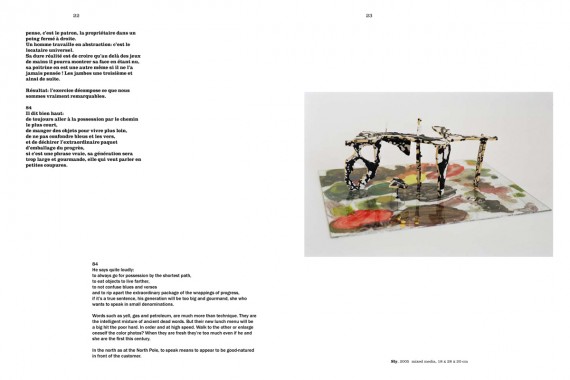
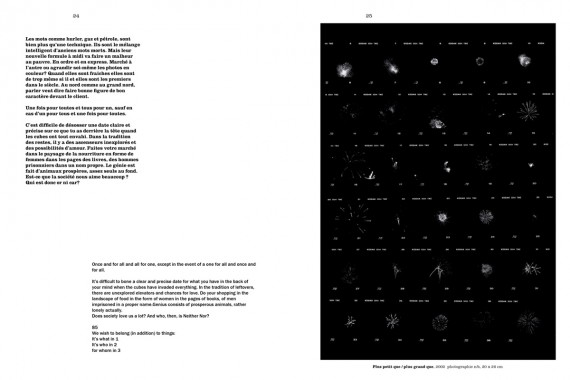
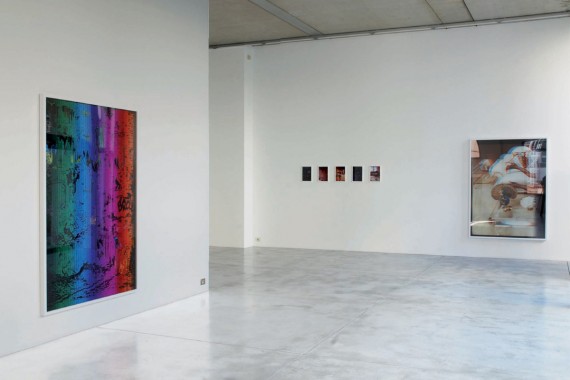
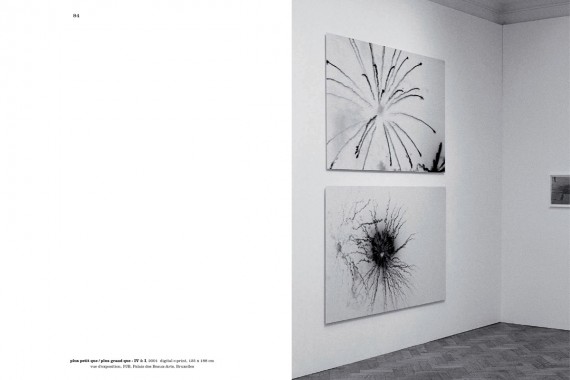
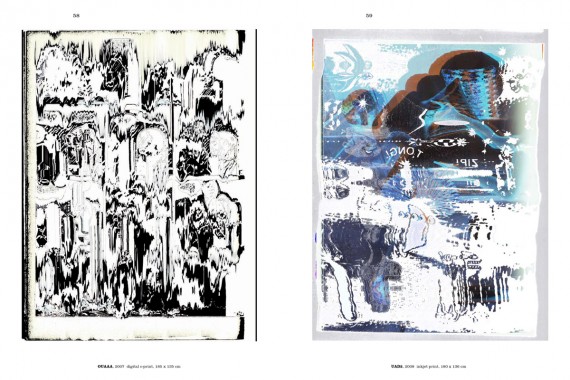
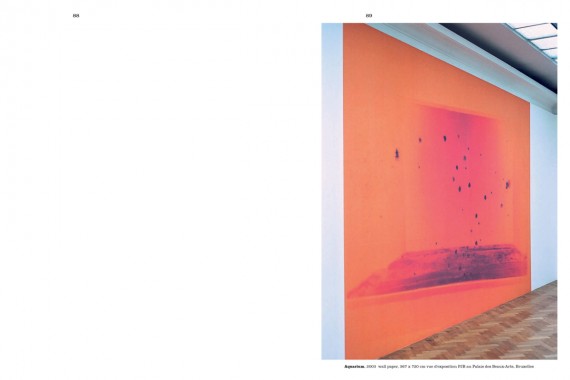
Animation, Art, Benoit Platéus, Distribution, Drawing, Film, James W Haenlin, MER. Paper Kunsthalle, Michelle Van Brussel, Photography, Sculpture
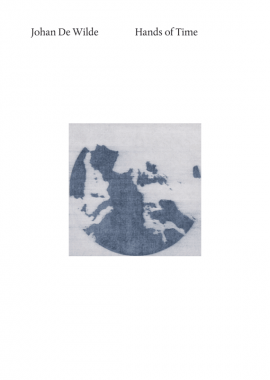
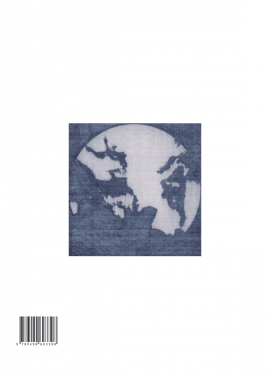
Johan De Wilde, Hands of Time
Softcover, 240 pp., offset 4/4, 210 x 297 mm
English and Dutch
Edition of 2000
ISBN 978-94-906-9339-8
Published by MER. Paper Kunsthalle
$45.00 ·
For many years now, Johan De Wilde’s work has been praised for its meticulous drawing style. The many solemnly applied layers that compose the works also hide in their folds, ever shrinking never to vanish, the Great Irony of our existence and its languages. This first monography presents over 500 drawings, prints and collages from the early nineties to today, concluding with the epic series Hands of Time. The book includes an essay by Hans Theys. A must for those acquainted with De Wilde’s works and a perfect introduction for all others.
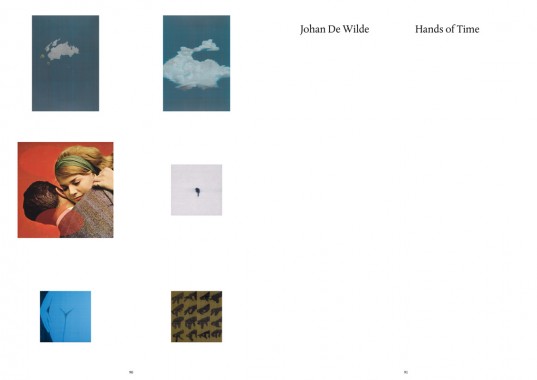
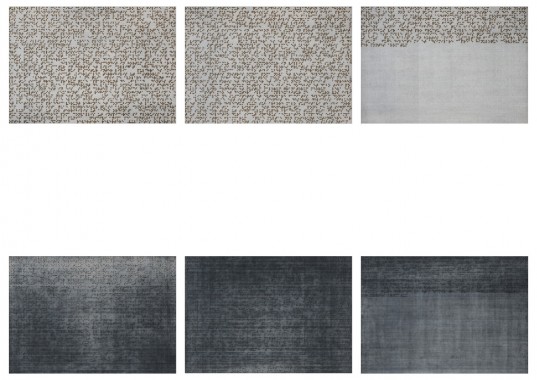
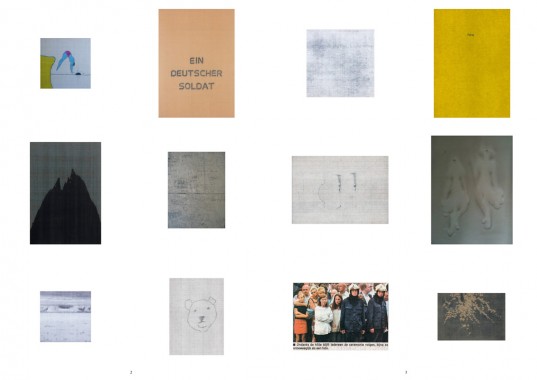
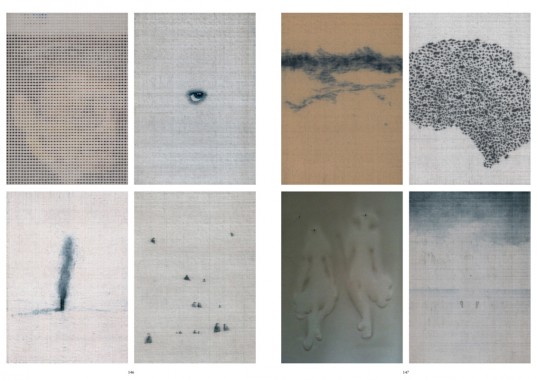
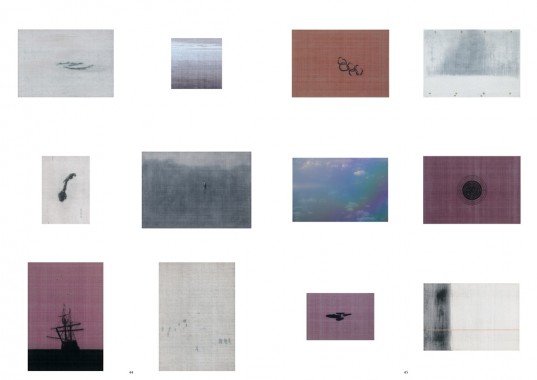
Alison Mouthaan, Art, Dirk Pauwels, Distribution, Drawing, Duncan Brown, Els van de Perre, Hans Theys, Hilde D’haeyere, Jeroen Wille, Johan De Wilde, Luc Derycke, MER. Paper Kunsthalle
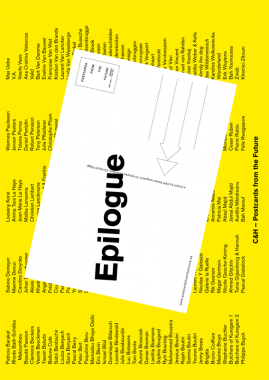
Heike Langsdorf, Christophe Meierhans and Christophe Ragg, Epilogue
Postcards from the Future
Softcover, 158 pp., offset 4/1, 170 x 240 mm
Edition of 2000
978-94-9069-355-8
Published by MER. Paper Kunsthalle
$28.00 ·
Epilogue retraces Postcards from the Future’s journey across the nine different city districts in which the project has taken place, each time involving its inhabitants and users in the realisation of a dedicated postcard/performance.
Postcards from the Future has taken place during an entire year, in collaboration with very diverse populations of the city, in places and at moments remote from another. This book takes up the challenge of gathering this multiplicity within a single bundled work, in order to give to all those who have taken part an overview of what the project has accomplished, partcipants in as much as audience members.
The book does not only document how these nine performances appeared in the visual realm of the city. Epilogue develops for each one of them the very thematic which has conditionned the most its realisation. The book portraits nine different interactions with the city, with its different neighborhoods, populations, infrastructures, administration, et al.
Just like any postcards, the Postcards from the Future are linked to the specific place they depict. What makes them special is that each one is associated with a precise point in time located in the future. Rather than being souvenirs, these postcards act primarily as invitations. By accepting the invitation and going to the address on the date and time indicated on a Postcard from the Future, one will be able to verify the prophecy made, thereby not only questioning the determinism, but also the pertinence of the images printed on the paper.
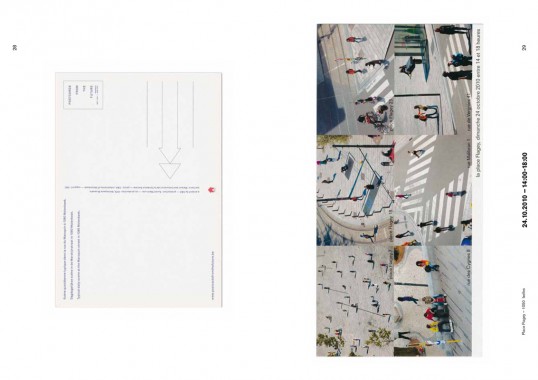
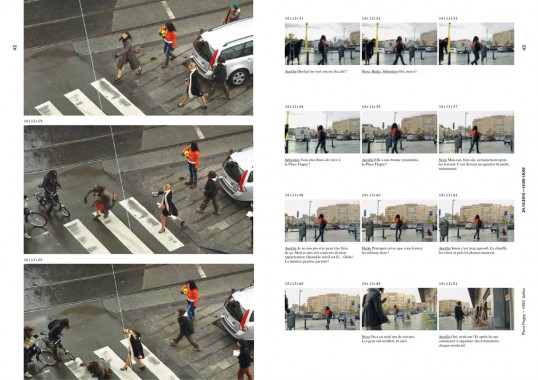
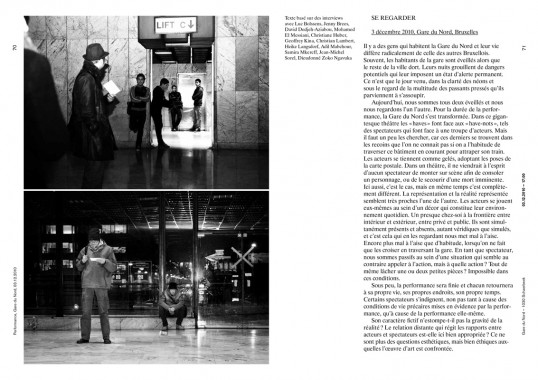
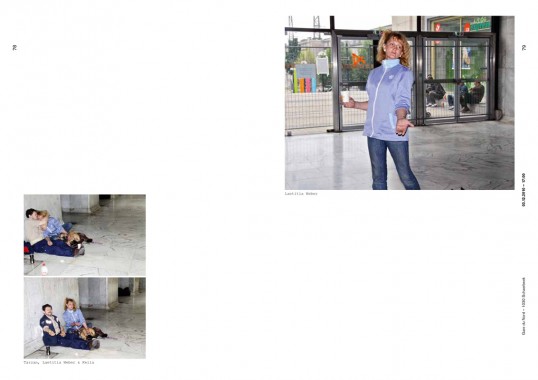
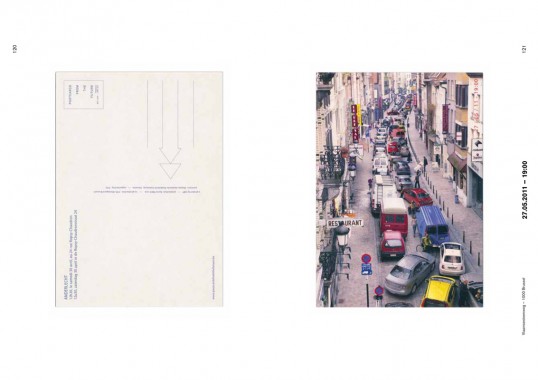
Art, C&H, Christophe Meierhans, Christophe Ragg, Culture, Distribution, Heike Langsdorf, Manuele Dechamps, MER. Paper Kunsthalle, Otamendi, Performance, Sébastien Hendrickx







































































































